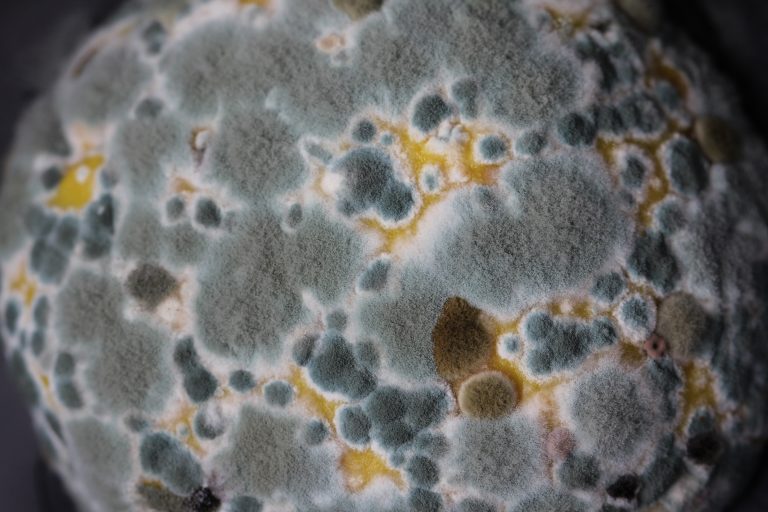The silent enemy isn’t something as obvious as noise pollution when it comes to your personal living space. It’s a simple organism which can affect both your health and your place’s structural integrity. Yes, we’re talking about molds. Most people don’t think much about molds, and they believe molds are just algae-like growths that you can scrub away with detergent. If growth triggers are present, you should be aware of mold signs and symptoms since molds typically do not make their presence known.
Visual inspection
If you suspect their presence in your home, you’d be surprised at what you’re not connecting in your brain as a visual manifestation of mold. Given that molds like to be in nooks and crannies, particularly in moist or humid spaces like cabinets or under the bed, they can first look like water-and-dirt discolorations or heaped-up and wet dust streaks or dust-balls. Check if personal belongings or small furniture pieces are infested with mold. Places where they usually grow are telltales on where the main mold colonies could be located. If you have the slightest suspicion that you’re looking at molds, you should immediately call for a mold inspection. You can also read about mold inspection here.
The smell is in the air
Aside from visual inspection, mold also has that particular smell, like a room in a run-down highway motel. It’s partly organic, partly heavy with mustiness like you’re trying to breathe in more than air. This moldy smell is one of the alarm bells. If you can smell the mold spores, then chances are you have a large mold infestation that may be thriving in areas you cannot see or haven’t looked at.
Perform a smell test to determine which part of your home is infested. Remember that there may be more than one focal area for mold growth. If more than one room has a strong moldy smell, consider the idea of multiple site infestations. Observe if the smell intensifies when you turn your heater or air conditioner on. If such is the case, you may need to have your ventilation system and heating or cooling units cleaned.
Allergic reaction
Allergic reactions are potential signs of mold infestation. This can be somewhat hard to qualify since people can and do get allergic reactions from other external factors like house dust, debris, or pollen that may have entered your home. Even more confusing, allergic reactions to mold spores are very much within the range of a “standard” allergic reaction — watery eyes, runny nose, itchy throat, and a feeling of respiratory congestion.
If you have a loved one you know is sensitive to mold spores, it is best to observe their health when weather changes happen. If they suddenly suffer from allergies indoors even after having good quality furniture and other interiors, there is a good chance that you are dealing with mold infestation at home.
Final thoughts
As you can see, molds may already be infesting your house, and it’s just a matter of being more proactive with performing inspections and taking immediate action to eliminate them as soon as possible. If you are aware of common mold signs and symptoms, you can easily make the judgment call to bring in a mold inspector or not.

